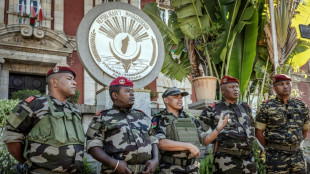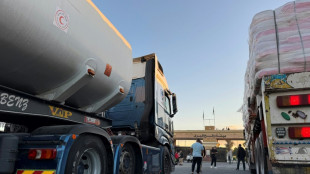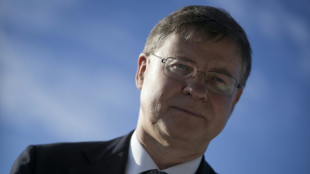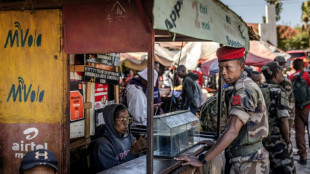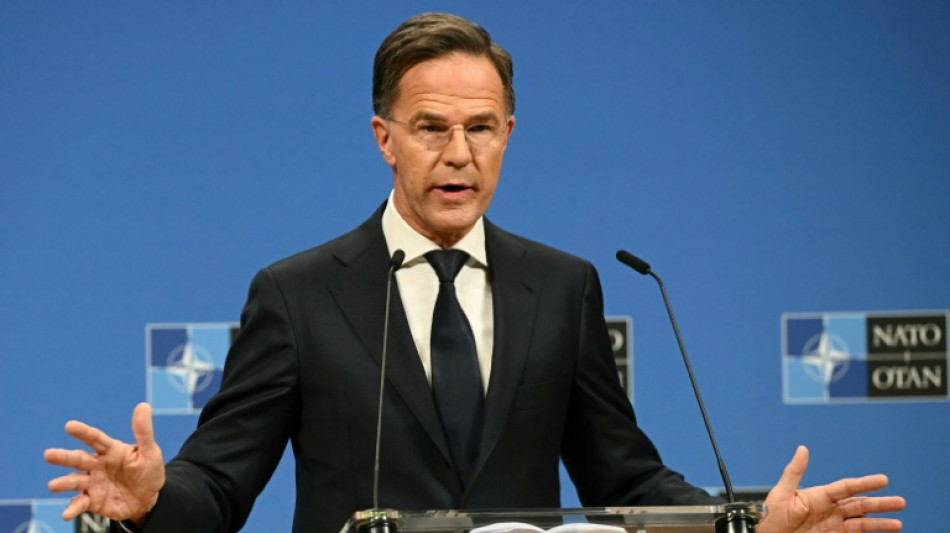

NATO and EU scramble to boost drone defences to counter Russia
NATO and the EU on Wednesday sought ways to boost anti-drone defences, as Europe scrambles to counter the threat from Russia after a series of air incursions.
High-profile incidents in Poland and Estonia have set off a flurry of activity from European officials to plug gaps in the continent's defences.
NATO has launched a new mission and beefed up forces on its eastern border, but it is playing catch-up as it tries to tap Ukraine's experience and get to grips with the drone threat from Moscow.
Alliance head Mark Rutte said NATO was now "testing integrated systems that will help us detect, track and neutralise aerial threats" for use on its eastern flank.
The push from the military alliance comes as the European Union is itself debating creating a "drone wall" to try to tackle the menace.
The EU was presenting a road map to ministers on Wednesday and hopes to get sign-off at a leaders' summit next week.
Brussels wants to have the drone project fully up and running by the end of 2027 -- but there is scepticism from some EU countries and fears the bloc is treading on NATO's toes.
"We are not doubling the work that NATO is doing, actually we are complementing each other," said EU foreign policy chief Kaja Kallas.
The drone initiative is one of several flagship EU projects aiming to prepare the bloc for a potential attack from Moscow by 2023.
The initial focus of the drone proposal was on bolstering the EU's eastern border states, but it has since been broadened out after mysterious drones rattled a string of countries further west.
"It is clear for every member state, actually, that the drones could come from anywhere," Kallas said.
"It concerns all the member states, not only those who are on the eastern flank," she said.
- 'Impose costs on Russia' -
While NATO looked to address potential threats to the alliance, it also sought to bolster Ukraine's current fight against Russia.
Rutte said around 10 more NATO countries had pledged to contribute to a US scheme that sees allies pay for American weapons for Ukraine.
US Defense Secretary Pete Hegseth issued a strident call for more nations to contribute.
"Now is the time for all NATO countries to turn words into action," the Pentagon chief said. "No free riders."
Washington has shifted closer to Kyiv as US President Donald Trump has lost patience with Russian leader Vladimir Putin, accusing him of stalling on peace efforts.
"If there is no path to peace in the short term, then the United States, along with our allies, will take the steps necessary to impose costs on Russia for its continued aggression," Hegseth said.
"If we must take this step, the US war department stands ready to do our part in ways that only the United States can do."
The talks among Ukraine's supporters come as Trump mulls the supply of long-range Tomahawk missiles to Kyiv.
The Kremlin has warned Washington against the move, but Trump may be willing to let Ukraine hit far inside Russia to pressure Putin towards peace.
Ukraine's defence minister Denys Shmygal said Kyiv hoped the total committed under the US initiative would reach "$12 to $20 billion" next year.
He said that overall Kyiv was looking to get support for its military worth some $60 billion from its backers in 2026.
Trump is set to host Ukraine's President Volodymyr Zelensky on Friday at the White House.
C.Queeney--NG
